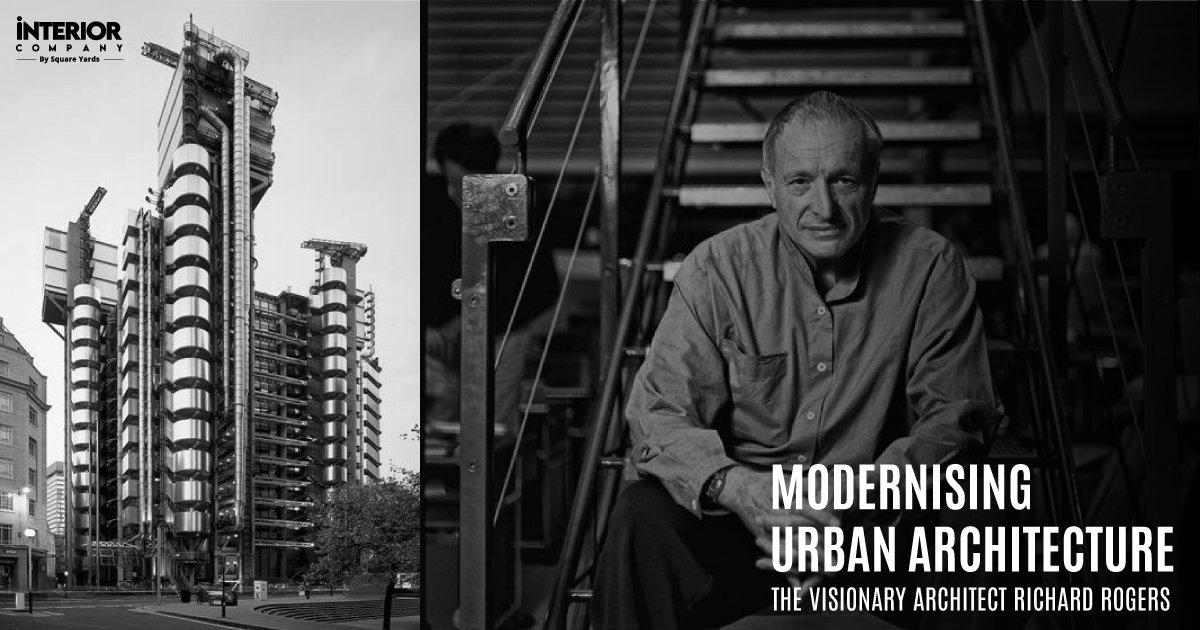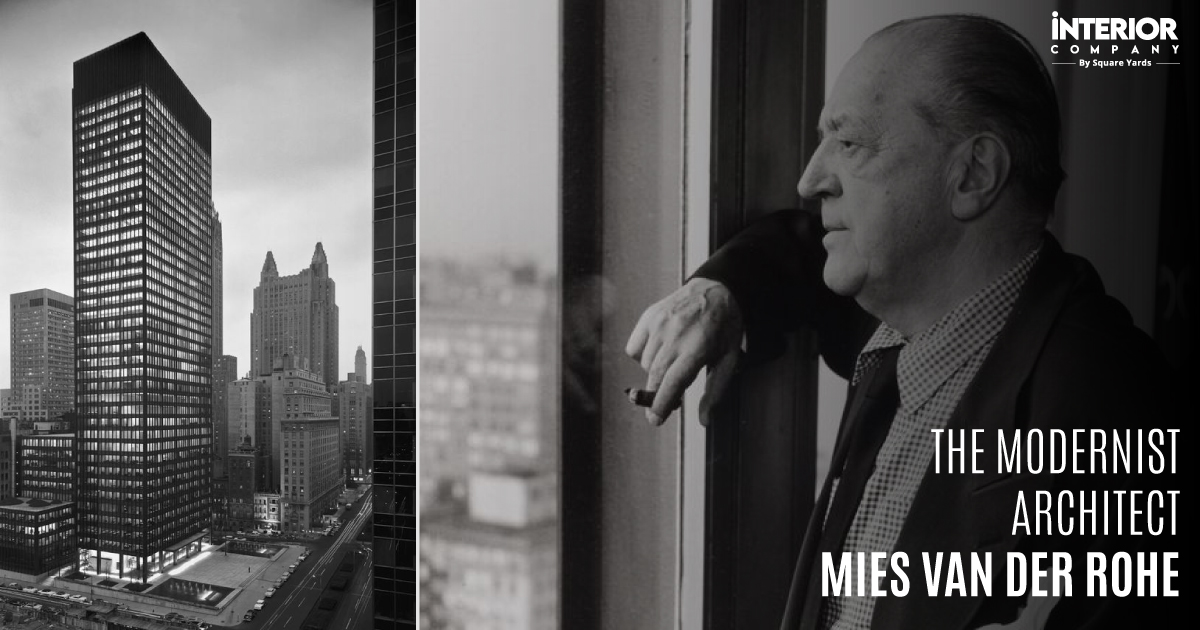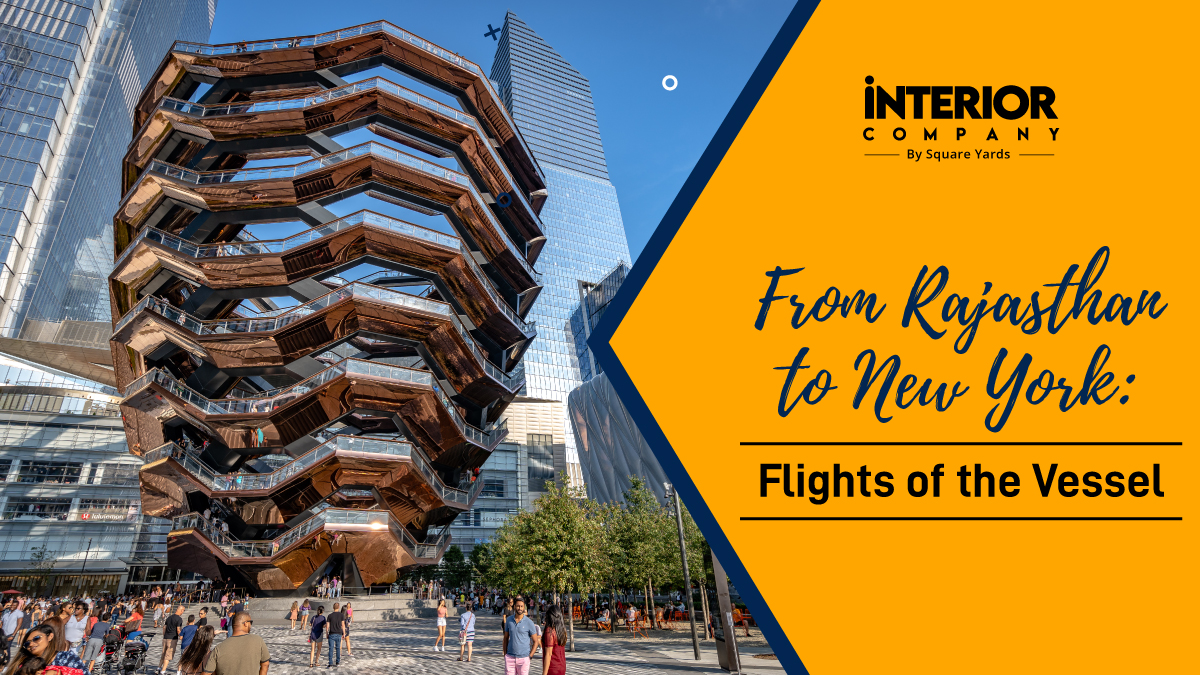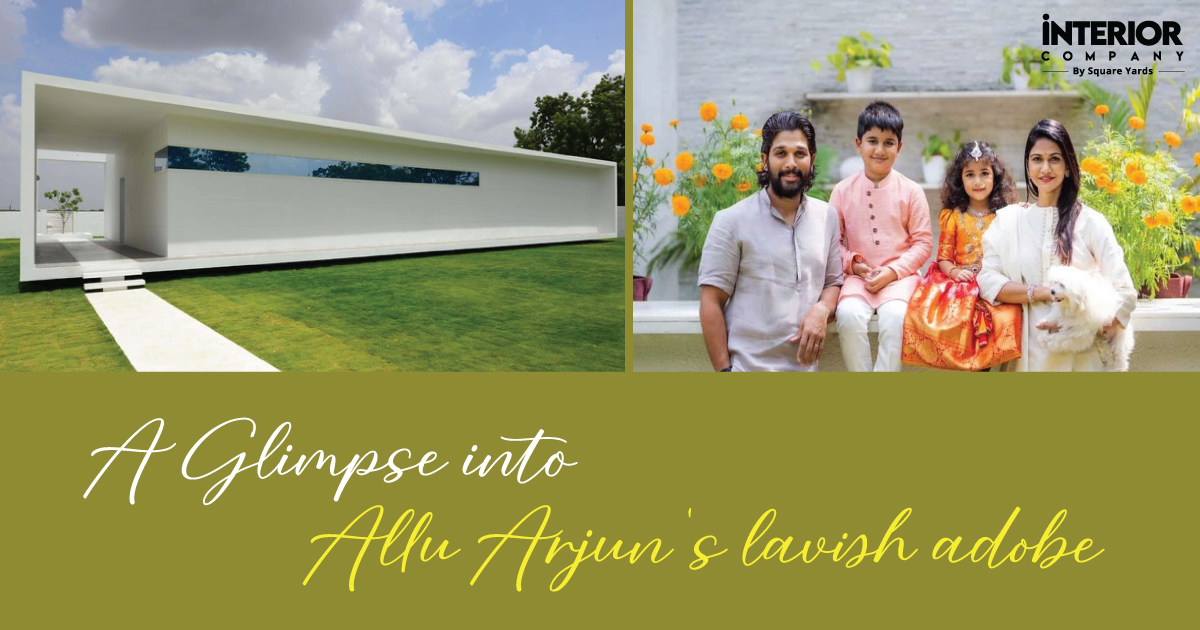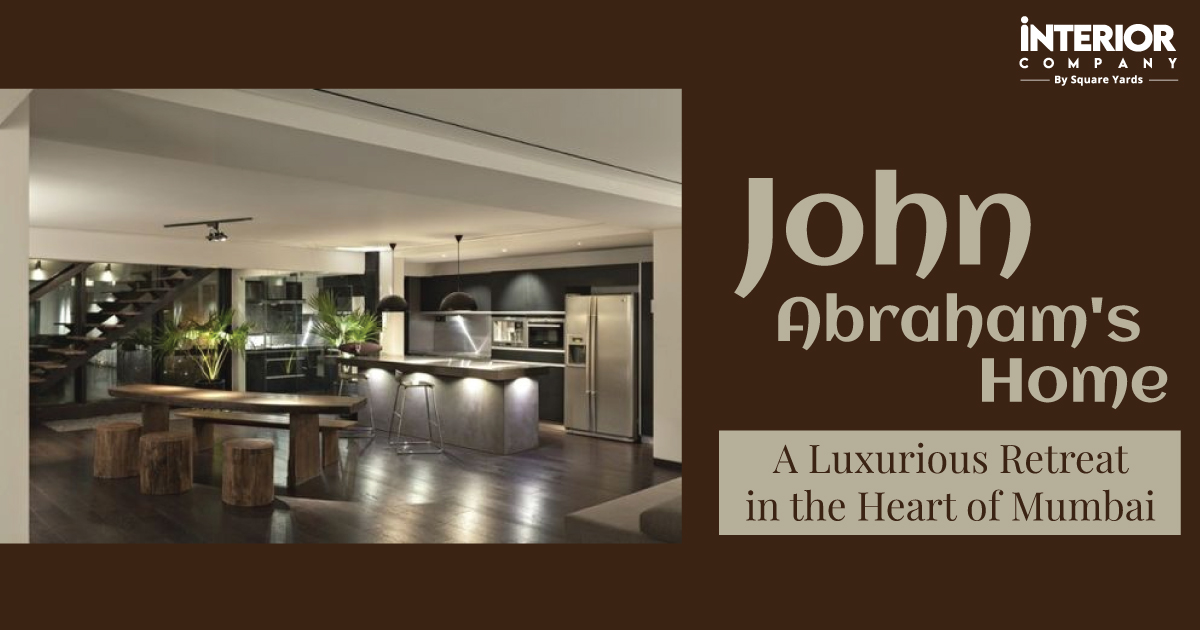- Kitchens
- Design Ideas
- Cities
- Trends
- Guides
- Price Calculators
- Our PortfolioNEW
- More
- Home
- Trends
- Architecture
- Architects
- Frank Lloyd Wright Americas Greatest Architect
Frank Lloyd Wright: Exploring the Legacy of America's Greatest Architect
A visionary architect who envisioned and crafted hundreds of buildings over the seven decades of his life–from private homes and offices to museums–Llyod left an indelible mark; a legion of followers in the world of architecture! Yes, we are talking about “The greatest American architect of all time”- Frank Lloyd Wright or simply FLW.
Table of Content
In his early life, Wright was introduced to wooden educational blocks that aided his development and fostered an avid interest in architecture. It was believed that Wright’s mother predicted her firstborn was destined to build incredible things. In his autobiography, the architect mentioned, 'The smooth shapely maple blocks with which to build, the sense of which never afterward leaves the fingers: so form became feeling. The maple-wood blocks'¦all are in my fingers to this day.'
Source: Pinterest
'Space is the breath of art.'' FL Wright
In 1887, Wright became a disciple of the noted architect Louis Sullivan for six years, honing his skills and gaining valuable experience. Thereafter, he established his studio in Chicago, and designed distinguished houses that reflected the American culture and spirit.
Philosophies
'There is no architecture without a philosophy. There is no art of any kind without its own philosophy.'
This led to the development of the quintessential architectural style- The Prairie Style, that characterised low-pitched roofs, horizontal lines and long rows of casement windows with the incorporation of naturally sourced materials- stone and unpainted wood. Some notable residential Frank Lloyd Wright works of the time are the Darwin D. Martin House in Buffalo, the Avery Coonley House in Riverside, and the Frederick C. Robie House in Chicago. Over the years, he evolved this idea with the addition of modernist features, like flat roofs and open-plan spaces that encapsulated the term “Usonian”. Wright’s vision for America and his ideologies breathed a new contemporary architectural expression.
Source: Pinterest
Darwin D. Martin House- Frank Lloyd Wright’s famous building
Driven by the desire to beautify the lives of its occupants and tailor the building according to their needs, he articulated the idea of harmonising nature with mankind while bringing all the elements together as a unified organism- Organic Architecture.
'Study nature, love nature, stay close to nature. It will never fail you.' ' Frank Lloyd Wright
A renowned example of this approach is Fallingwater, which embraces simplicity, integrity, humanity, and natural connection.
Source: Pinterest
In 2019, marking the occasion of his 60th death anniversary, a selection of his work, including the Guggenheim Museum, became a listed World Heritage Site as The 20th-Century Architecture of Frank Lloyd Wright.
Also Read: Greek Revival architecture
5 Iconic Frank Lloyd Wright Works
Immerse yourself in Frank Lloyd Wright’s architectural masterpieces and delve into the brilliance of his creations and inspirations behind them.
FREDERICK C. ROBIE HOUSE
Source: Pinterest
Location- Chicago
Year- 1909
Function- Residential
Robie House designed by Frank Lloyd Wright boasts the Prairie style of architecture.
Robbie House was the earliest example of FL Wright’s works which were influenced by his philosophy of Prairie style. Horizontal planes, sloping roofs, balconies, terraces, chimneys, and walls sheltering private gardens characterise this American style of architecture. It was highly inspired by the US' Midwest landscape and culture, following the German concept of Gesamtkunstwerk. This meant that the design of the building encompasses not only the structure but also the furniture, furnishings, and lighting that make up the interior.
The house artfully combines public and private areas, gradually receding from the street through a series of horizontal planes. By layering these planes, the interiors expand towards the outdoors while still providing a sense of an enclosed vibe.
Source: Pinterest
The house is crafted with 174 art glass windows (polished plate glass, cathedral glass, and copper-plated zinc cames) that allow natural light to flood in and enhance a sense of privacy.
TALIESIN
Source: Pinterest
Location- Spring Green, Wisconsin
Year- 1909
Function- Residential, Office, Educational
'I meant to live, if I could, an unconventional life. I turned to this hill in the Valley as my grandfather before me had turned to America ' as a hope and haven.'
Frank Lloyd Wright designed his summer home and studio near Spring Green, Wisconsin, where he executed his brilliant architectural ideas and later became a school where his disciples learnt his practices. The building was named Taliesin, of Welsh origin, meaning 'shining brow.' It stands as a testament to Wright’s organic architectural style, blending seamlessly with its natural surroundings.
Source: Pinterest
Built from locally sourced materials, like stone, wood, and concrete, the building features Wright's hallmark principles, including open floor plans, built-in furniture, integration of natural elements, and extensive use of natural light, creating a hierarchy of design. This is both functional and aesthetically pleasing.
However, the renowned building burnt down twice and underwent several changes over the decades following the construction of its West Counterpart in Arizona, constructed in 1937.
Also Read: Humanitarian architecture by first female architect in Pakistan
Source: Pinterest
One of the most beloved Frank Lloyd Wright works- Taliesin West. Located in Scottsdale, Arizona, it served as a winter home for Wright and his wife.
Interesting Fact- Wright dabbled in fashion design, applying his aesthetic sense to design dresses for his wife and other female clients. A man of many talents!
TOKYO IMPERIAL HOTEL
Source: Pinterest
Location- Tokyo, Japan
Year- 1923
Function- Hotel
Later in the 1920s, Wright discovered a strong love for Japanese art and culture and was keen to design the Imperial Hotel Tokyo. Built-in 1923, the building was designed in the Mayan Revival style, taking cues from the pre-Columbian Mesoamerican cultures. The most striking element of the structure is the low-slung profile, cascading terraces and symmetrical design forming an H- the logo of The Imperial Hotel. The architect fabricated the building with a mix of materials, including reinforced concrete slabs, brickwork and the local rock Åya stone, carved into the decorative features and ornamentation.
Soon after its completion, the building suffered partial destruction during the numerous earthquakes in the area. However, the building was demolished in 1968, and the most recognisable facade and reflecting pool were saved and rebuilt at the Meiji-Mura architecture museum near Nagoya.
FALLINGWATER
Source: Pinterest
Location- Mill Run, PA
Year- 1939
Function- Residential
If there is a haven on earth, it is at the Fallingwater. Synonymous with nature, architecture, and humans, the building redefines a harmonious relationship, acquiring cult status.
Dubbed as Wright's 'most beautiful work,' the house was built as a weekend retreat for the Kaufmann family. The summer house complemented its site while elevating the drama of the falls and their mystic sounds of crashing water.
Taking inspiration from the rock edges, the American architect incorporated cantilevered floors into the three-level house. The reinforced concrete balconies and terraces anchor the home, providing extra tensile strength. Additionally, the windows on the facade open up at the corners, disrupting the box-like structure and bringing the natural beauty inside. Wright used local sandstone and a limited colour palette that ensures it seamlessly integrates into the surroundings.
Source: Pinterest
Wright emphasises the use of glass windows offering elongated vistas whilst promoting the harmony between design and nature.
Cascading down a waterfall from the forest of Southwestern Pennsylvania Bear Run, the concrete-and-limestone house became a symbolic masterpiece of Wright’s Organic Architecture philosophy, and his single-mindedness.
SOLOMON R. GUGGENHEIM MUSEUM
Source: Pinterest
Location- Manhattan, New York City
Year- 1959
Function- Museum
Next comes the last influential project designed by the celebrated architect Frank Lloyd Wright- The Guggenheim Museum, opened to the public six months after Wright's death in 1959.
Dating back to 1943, when a wealthy American businessman and philanthropist, Solomon R Guggenheim, commissioned Wright to design an unconventional museum to house his proliferating art collection, which included works by several great artists.
Descending the Guggenheim Museum’s spiralling ramp, visitors can experience an immersive journey of exhibiting the art, reinforcing the sense of continuous movement and flow.
Source: Pinterest
Inspired by the shape of a nautilus shell, the museum exterior is an organic circular style stacked with white reinforced-concrete bands swirling towards the sky as a striking contrast to the rigidity of the Manhattan skyline, making the building an iconic symbol of the city.
FLW- The Father of Modern Architecture
Frank Lloyd Wright was a revolutionary architect whose modern approach, functional and innovative designs focused on the idea of openness while bringing the essence of nature and life into the interiors. He devoted his life to promoting architecture with his timeless works, teachings, and learnings that would continue to inspire young architects.
'The mission of an architect is to help people understand how to make life more beautiful, the world a better one for living in, and to give a reason, rhyme, and meaning to life.'
*Images used are for illustration purposes only. Interior Company does not hold any copyright to the images unless mentioned explicitly
Ready for a home transformation?
Let our designers assist you!
Recent Posts
Some of the most prominent examples of the architect include Fallingwater, the Guggenheim Museum, the Robie House, and the Taliesin East and West.
FLW is known for “organic architecture.” His innovative approach towards natural material and organic forms and for designing the buildings in harmony with their surroundings.
Related Category
- Buildings and Monuments
- Celebrity Homes


